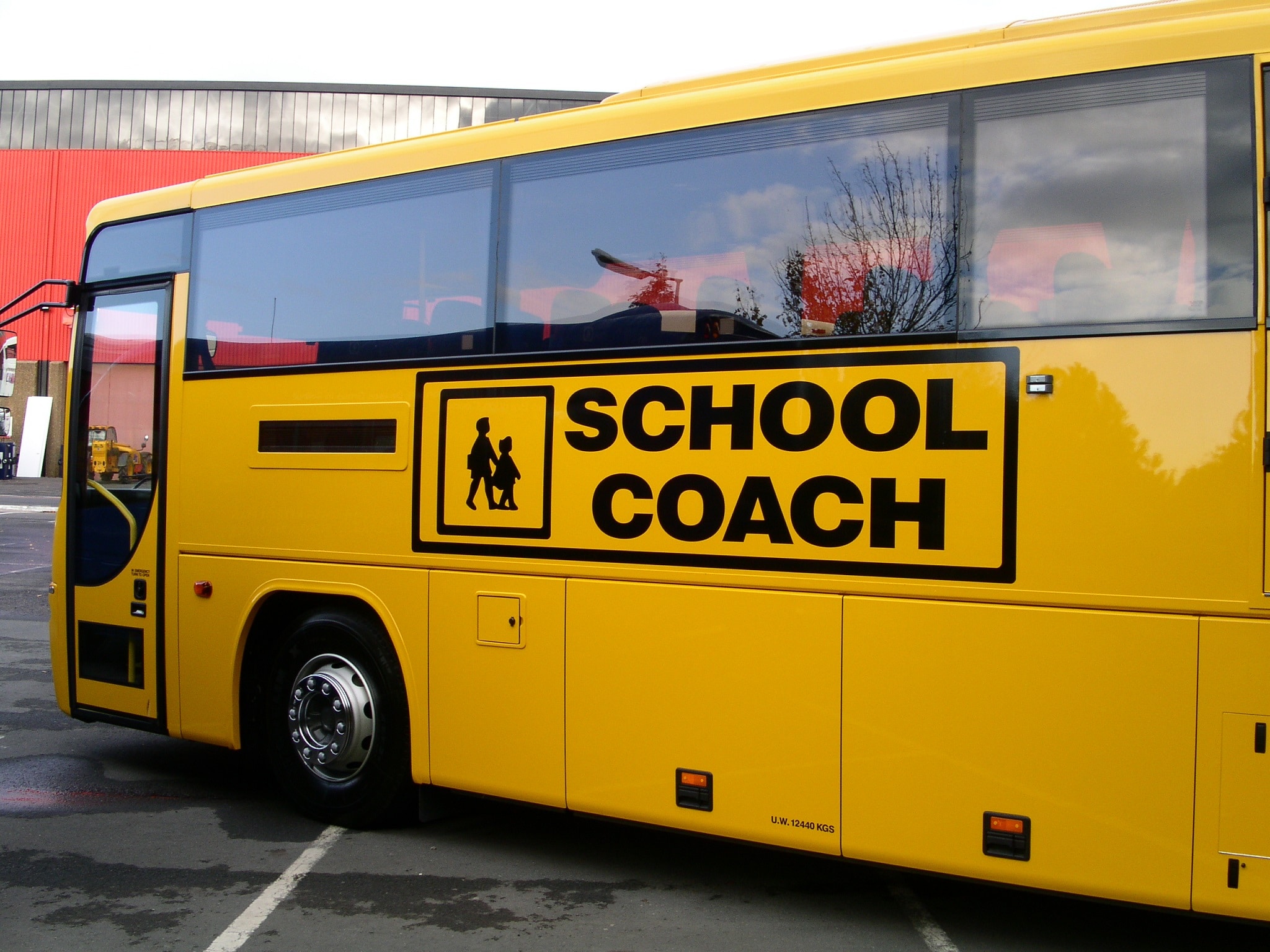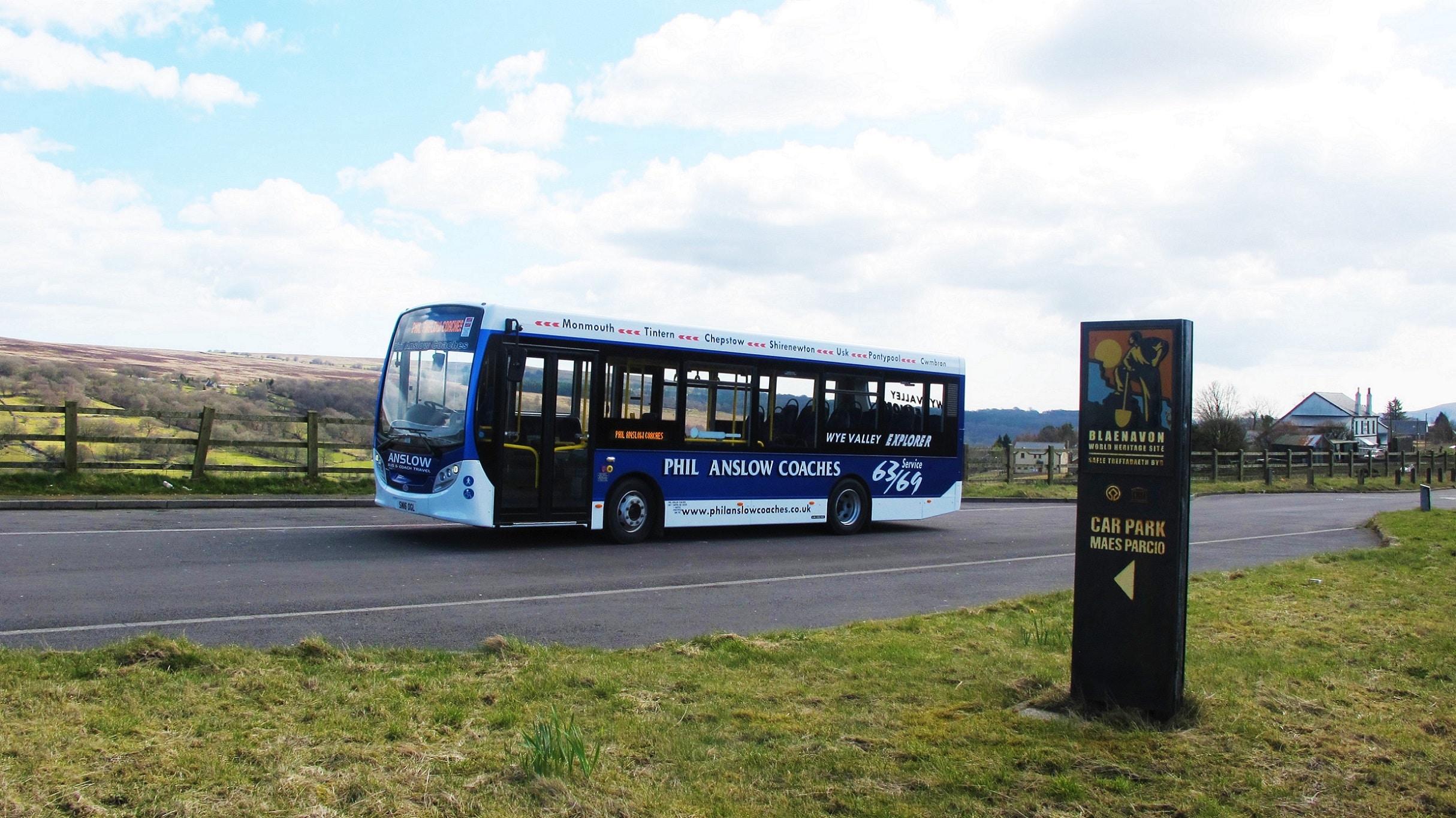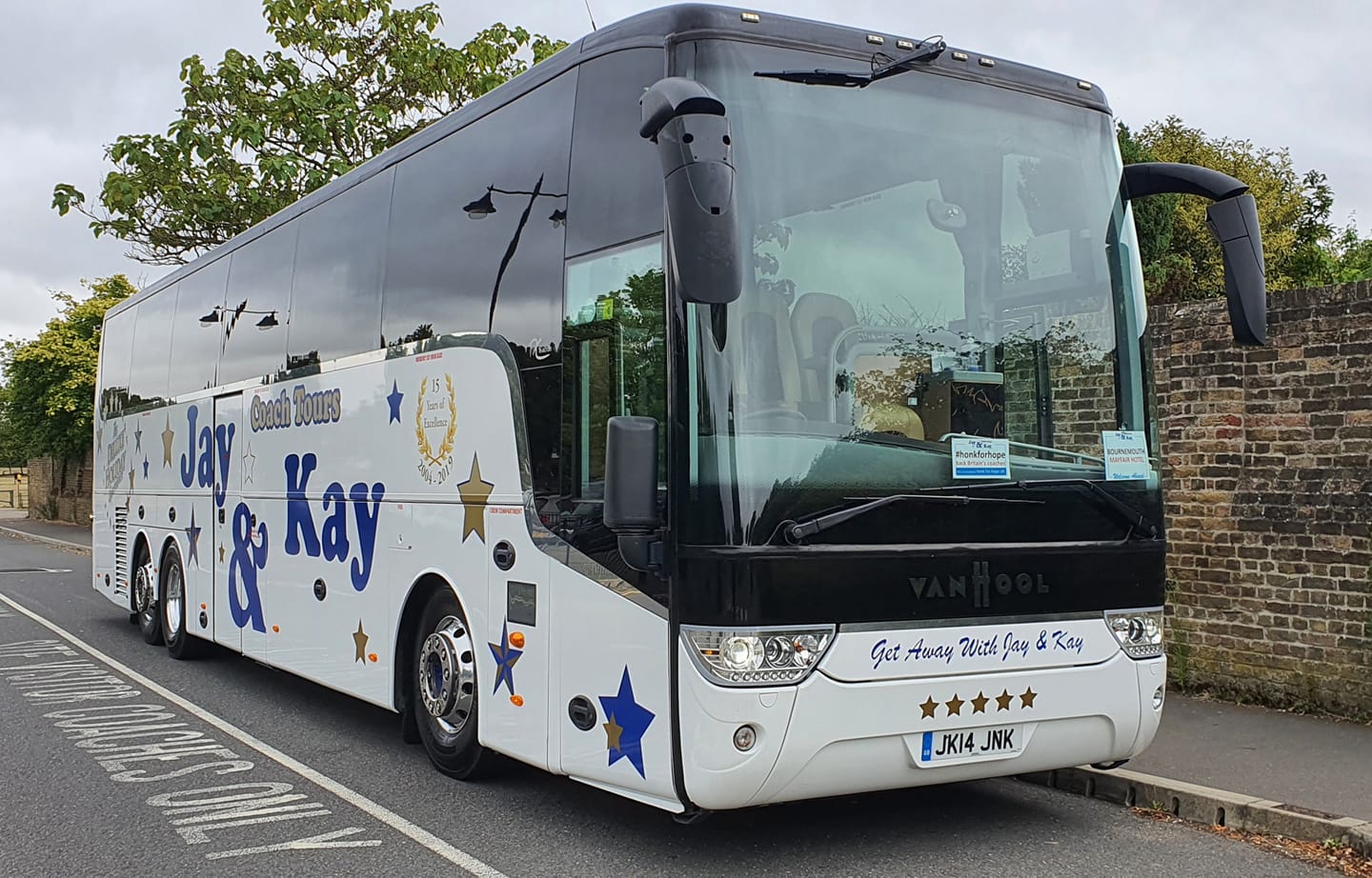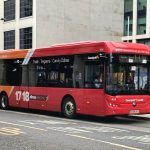The Department for Education (DfE) has issued further guidance on the provision of dedicated home-to-school transport in England during the autumn term.
It says that local authorities (LAs) need to “put in place demand management solutions for public [transport] services, and supplement the public bus network and existing home-to-school transport with additional capacity to ensure that children can travel to school safely.”
The document adds that those measures will be led locally. Pressures on existing services “will vary greatly by area,” and fixes will need to reflect local circumstances. While the government’s promised extra dedicated transport services feature, the guidance says that LAs must accept increased car use for some home-to-school journeys and encourage other means of transport, including active travel.
Additional capacity last resort, says home-to-school transport guidance
Staggered start and finish times should also be considered by LAs, the document continues. That will allow public transport to support school reopening, but it will also “enable any additional capacity to be used more than once.”
Extra vehicles for dedicated home-to-school services should only be procured by LAs when all alternative measures have been considered. When those services are introduced, LAs must charge users, except where they are entitled to free home-to-school transport. Those fares should be the same as those charged on equivalent public transport.
The section of guidance relating to how dedicated home-to-school services are delivered in the autumn term covers those that are commissioned by LAs and by schools. it also captures those that are operated commercially.
Reiterated is that social distancing will not apply on dedicated home-to-school services. That was first revealed in earlier guidance issued by DfE. However, where possible it should be in place. The guidance recommends that ‘bubbles’ should be implemented and that mixing between different ‘bubbles’ on transport should be minimised.
“However, we know that vehicle capacity and the complexity of some home-to-school transport arrangements mean that there will often be limits to the extent to which mixing can be minimised,” it continues.
Children from different schools are not precluded from travelling on the same vehicle, although the guidance recommends that they do not. Where it is unavoidable, pupils from each school should travel together as a group.
‘Consideration should be given to seating plans’
All parties concerned with the delivery of transport should consider drawing up seating arrangements to ensure that the same children always sit together. That may involve:
- Allocating specific seats
- Having rules such as sitting in ascending year groups, with the youngest children at the front
- Implementing a plan to load the rearmost rows first and filling forwards, and then disembarking children from the front working rearwards.
Face-to-face seating should be avoided, and good ventilation should be assured wherever possible. The guidance also recommends that children aged 11 and above wear a face covering when travelling on dedicated transport, unless they are otherwise exempt from doing so on public transport.
The approach to face coverings marks a change in policy. “We are adopting this new position in light of all children returning to education full-time and the fact that one metre plus social distancing measures will not uniformly apply on dedicated school or college transport,” the document explains.
The guidance is clear that drivers should not be expected to police any on-board arrangements such as seating plans, queues, the wearing of face coverings or the use of hand sanitiser, or any other pupil behaviour.
LAs are further advised that they may wish to work with operators to explore temporarily designating some public bus services as being dedicated to carrying pupils or students. The two parties should collaborate to ensure that “sufficient alternative or residual services remain available for members of the public” who would normally use those journeys.



























